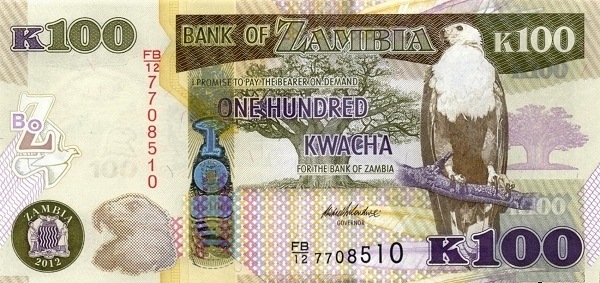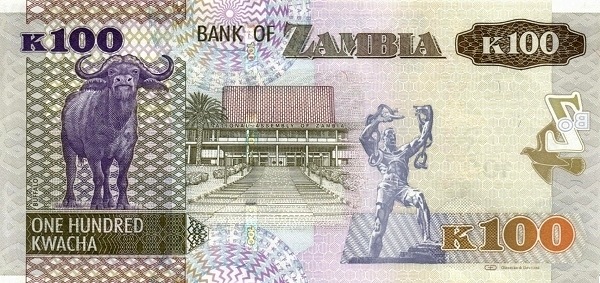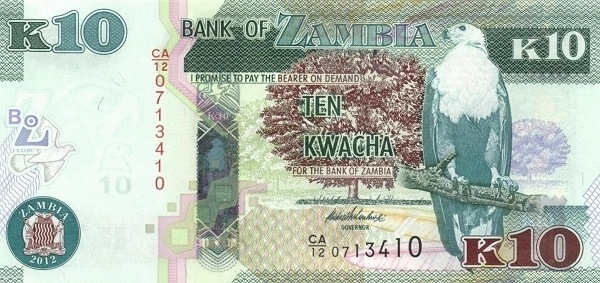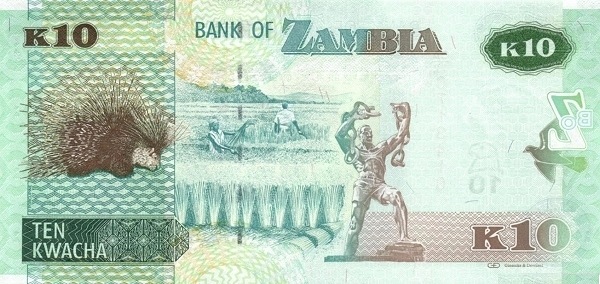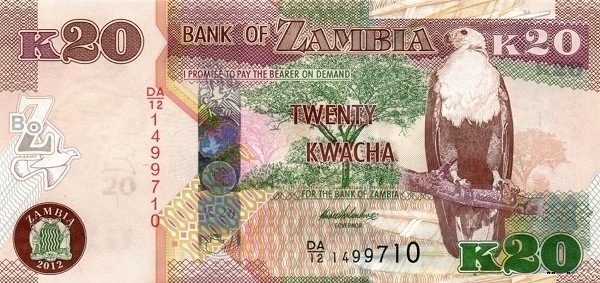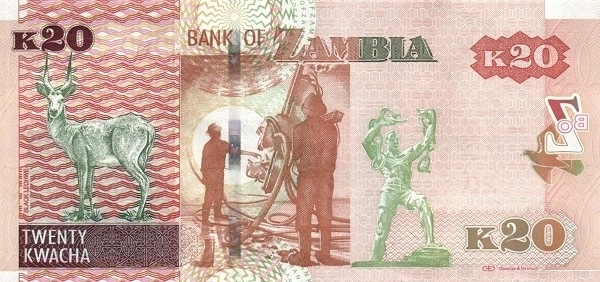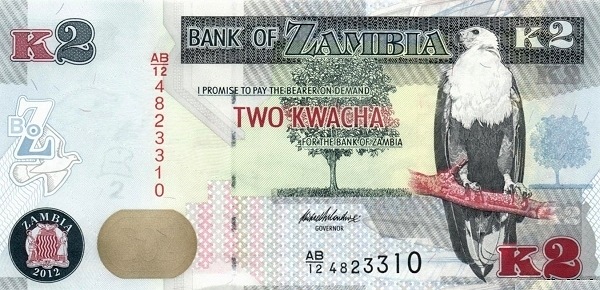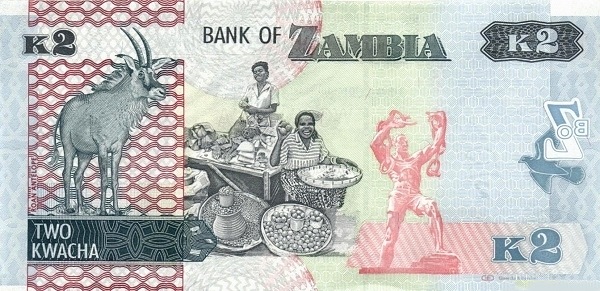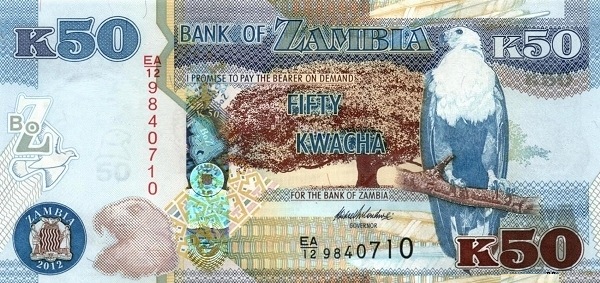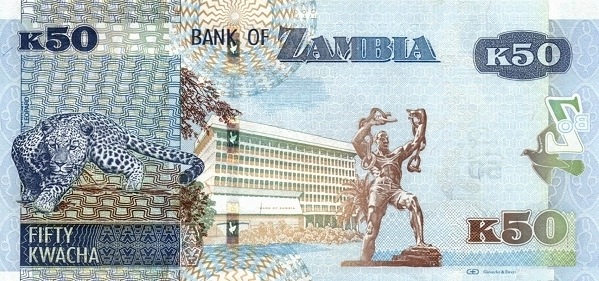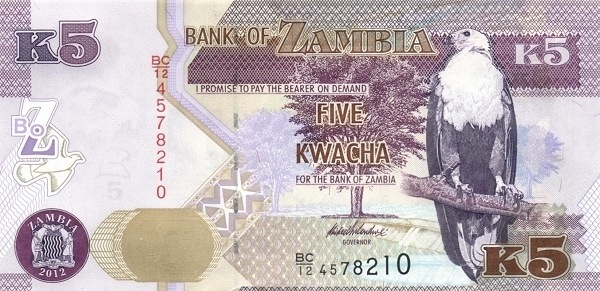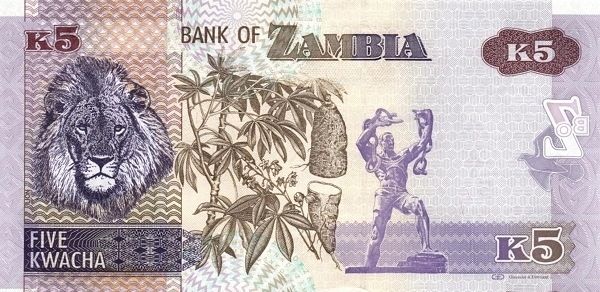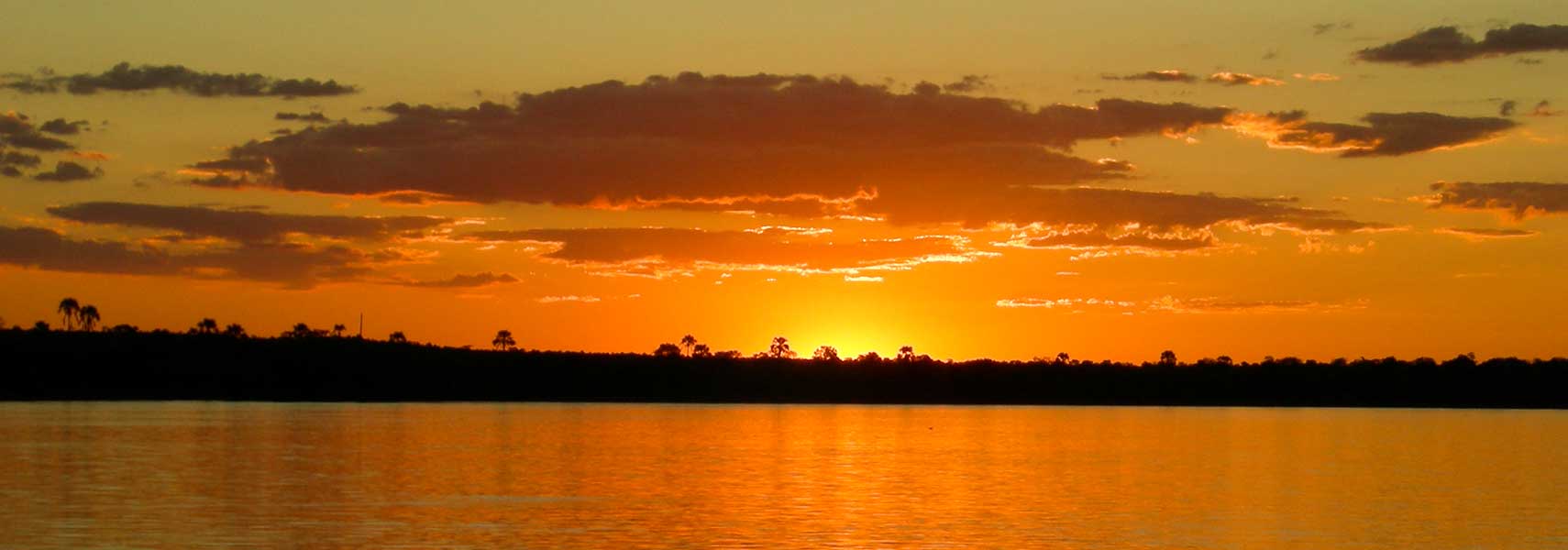Zambia: A Land of Rich Heritage and Vibrant Culture
Zambia, officially known as the Republic of Zambia, captivates visitors with its stunning landscapes and rich history. Nestled in central southern Africa, this landlocked nation shares its borders with several countries, including Zimbabwe, which it divides from the Zambezi River. To the north and east, Zambia encounters Angola, Botswana, the Democratic Republic of the Congo, Malawi, Mozambique, Namibia, and Tanzania. Covering an area of 752,618 km², Zambia is slightly larger than twice the size of Germany, or equivalently, it surpasses Texas in size.
A Glimpse into Zambia's Population and Linguistic Diversity
As of the latest estimates, Zambia boasts a population of approximately 15.9 million people. Lusaka, the capital and largest city, serves as a hub of activity and vibrancy. In terms of language, English stands as the official language. However, Zambia’s linguistic landscape is rich with several Bantu languages. Notably, major dialects include Bemba (making up 33% of the population), Nyanja (15%), Tonga (11%), and Lozi (5.5%). The amalgamation of these languages contributes to the cultural richness of this African nation.
Historical Background of Zambia
The story of Zambia’s evolution is quite fascinating. Initially known as Northern Rhodesia, the territory fell under the administration of the South Africa Company from 1891 until British control was established in 1923. The 1920s and 1930s witnessed significant advancements in mining, which spurred economic growth and immigration. Fast forward to 1964, Zambia formally embraced independence and shed the name Northern Rhodesia, marking a new chapter in its storied history. Unfortunately, the following decades faced economic challenges, as plummeting copper prices and a long-standing drought adversely affected the nation’s economy. Despite these hurdles, a pivotal election in 1991 marked the end of one-party rule, although political struggles persisted in subsequent years.
Understanding the Government Structure of Zambia
Zambia operates as a republic. It achieved independence from the UK on October 24, 1964, and adopted its constitution in 1991, amending it in 1996 to implement presidential term limits. This political framework reflects Zambia's commitment to governance and democratic values. Therefore, understanding the government's structure provides insight into the country's development and future potential.
The Diverse Geography and Climate of Zambia
Geographically, Zambia sits in southern Africa and remains entirely landlocked, bordered to the east of Angola. The nation spans a vast area of 752,618 sq. km. (290,585 sq. mi.), exhibiting diverse terrain that primarily encompasses a high plateau savanna, interspersed with hills and mountains. Visitors to Zambia often marvel at the natural contrast that this beautiful country offers. The climate predominantly features dry and temperate regions, distinctly modified by altitude. The rainy season stretches from October to April, bringing vital moisture to the land and nourishing its ecosystems.
Cultural Diversity and Ethnic Composition
The people of Zambia proudly identify as Zambians, embodying more than 70 different ethnic groups. The major tribes, including the Lozi, Bemba, Ngoni, Tonga, Luda, Luvale, and Kaonde, contribute to the unparalleled cultural tapestry woven throughout the nation. Religion further enriches this diversity; Christianity plays a significant role in daily life, supported by indigenous beliefs, Islam, and Hinduism. Consequently, Zambia presents an appealing environment for cultural exploration.
Linguistic and Literacy Landscape
Besides English, Zambia's linguistic variety encompasses about 70 local languages and dialects. Following the prominent Bantu languages, other recognized dialects include Kaonde, Lunda, Luvale, Tonga, and Nyanja. However, disparities in literacy rates remain prevalent, with statistics indicating a literacy level of 60.6% among women and 81.6% for men. Improving literacy across all demographics bolsters Zambia's future prospects for growth and empowerment.
Rich Natural Resources That Define Zambia's Economy
The economy of Zambia thrives on its abundant natural resources. Copper, cobalt, zinc, lead, coal, emeralds, gold, silver, uranium, and hydropower define this nation's wealth. The Zambian economy significantly benefits from copper mining, which remains the cornerstone of its industrial foundation. Other key industries include construction, food production, beverages, chemical manufacturing, textiles, and horticulture. This multiplicity of industries strengthens Zambia's economic resilience.
Agricultural Diversity That Fuels the Nation
Agriculture also holds vital significance in Zambia’s economy, providing essential products. The country cultivates corn, sorghum, rice, peanuts, sunflower seeds, vegetables, flowers, tobacco, cotton, sugarcane, cassava, and coffee. Additionally, livestock such as cattle, goats, pigs, and poultry contribute to food security and livelihoods. These agricultural products not only support the local economy but also represent Zambia's culinary diversity.
Export Partnerships and Economic Interactions
When it comes to international trade, Zambia exports commodities like copper, cobalt, electricity, tobacco, flowers, and cotton. The export market leans heavily on partnerships with countries like China, which accounts for 25.5% of Zambia's exports, followed by the Democratic Republic of the Congo (13%) and South Africa (6.4%). These trading relationships enhance Zambia's economic connectivity and growth.
Import Dependencies and Economic Dynamics
Conversely, Zambia also relies on imports, predominantly machinery, transportation equipment, petroleum products, and foodstuffs. The country's import relationships are similarly significant, with South Africa constituting 34.5% of total imports, followed by the Democratic Republic of the Congo (18.2%) and Kenya (9.7%). Understanding these economic interactions reveals the interconnectedness of Zambia in regional and global markets.
Largest cities of: Zambia
| City Name | Population | Year of foundation | |
| Lusaka | 1,710,000 | 1905 | |
| Ndola | 500,000 | 1904 | |
| Kitwe | 400,000 | 1922 | |
| Chingola | 150,000 | 1955 | |
| Livingstone | 135,000 | 1905 | |
| Mufulira | 120,000 | 1947 | |
| Kasama | 60,000 | 1905 | |
| Siavonga | 20,000 | 1968 |
Zambia: Money
